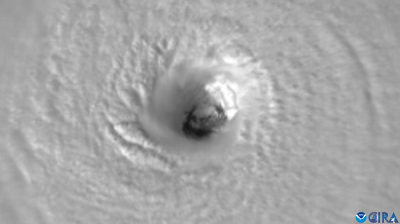
Tropical cyclone
Tropical cyclones are also called hurricanes or typhoons, depending on the region.
A tropical cyclone is a rapidly rotating storm that begins over tropical oceans, and they can vary in speed, size, and intensity.
Tropical cyclones are the second-most dangerous natural hazards, after earthquakes.
Overview
Tropical cyclones are one of the biggest threats to life and property, even in the earliest stages of their development. Their life cycles can run their course in as little as 24 hours, others can last as long as a month.
Tropical cyclones can often include multiple hazards, such as extreme winds, heavy rainfall, storm surge and flooding, lightning and tornadoes. When these hazards interact, they can significantly increase the danger and threat that a tropical cyclone can pose.
Impact
Each year, tropical cyclones cause multiple casualties, deaths, and significant damage to property and infrastructure in the immediate term.
Over the past 50 years, 1,945 disasters have been attributed to tropical cyclones, which killed 779,324 people and caused US$ 1.4 trillion in economic losses – an average of 43 deaths and US$ 78 million in damages daily.
Tropical cyclones represented 17% of weather-, climate- and water related disasters and were responsible for one third of both deaths (38%) and economic losses (38%) over the 50-year period.
In the longer term, such as with 2005’s Hurricane Katrina, Typhoon Haiyan in 2013, Hurricanes Irma and Maria in 2017, and Tropical Cyclone Harold in 2020, the impact can persist for many years, with communities still trying to recover from the destruction and displacement that occurred.
Climate change is linked not only to an increased likelihood of major hurricanes, but also to direct increases in their destructive power.
Socioeconomic impacts related to tropical cyclones are increasing worldwide due to a rise in coastal physical infrastructure and people living in coastal regions.
The increase in the destructive power of a tropical cyclone emphasizes the importance of ensuring all people and property are protected by early warning systems.
WMO's response
WMO works with our Members to coordinate analyses, make data available, and share knowledge around the world through our Global Data-processing and Forecasting System, and the Global Basic Observation Network.
Making these data available means that more National Meteorological and Hydrological Services can make accurate, timely forecasts, so that people can prepare for disasters before they strike.
In addition, WMO spearheads the Early Warnings for All (EW4All) initiative to close the gap in early warning systems, especially in developing countries, to support the global implementation of climate adaptation.











